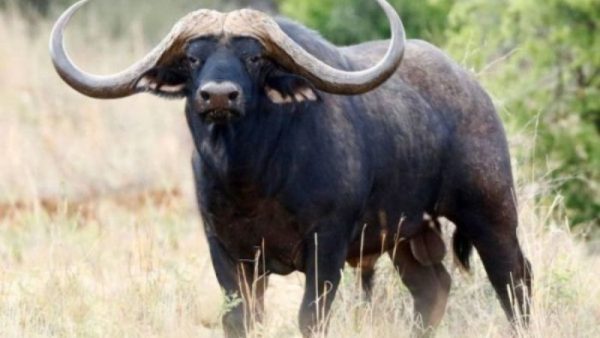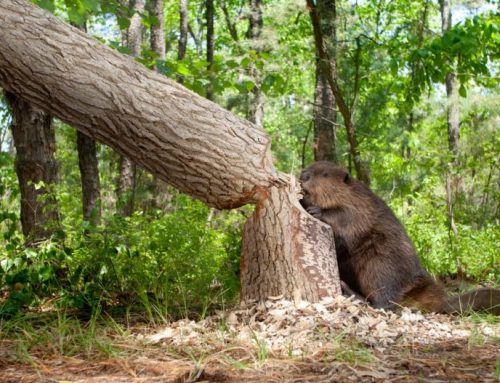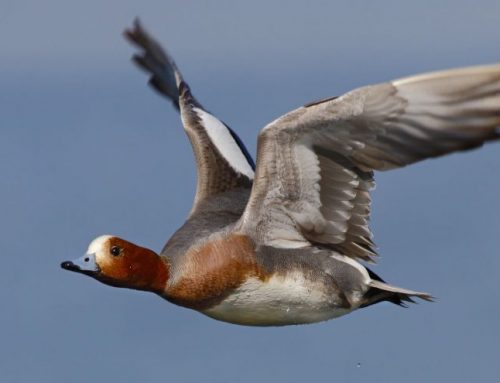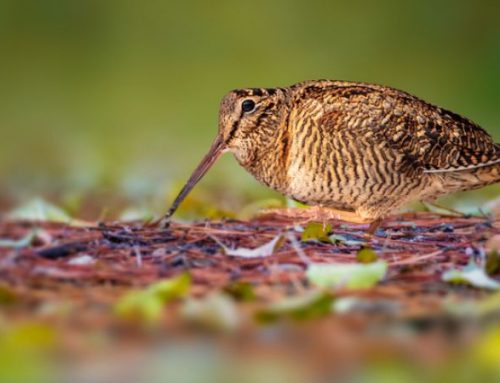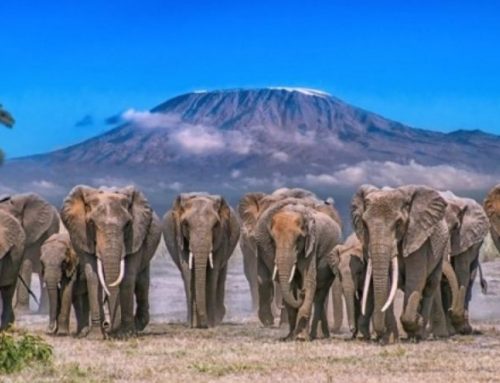What you are about to read below is a page from Vito’s “diary,” a story of a hunting in Zimbabwe and one of his last experiences as an incurable enthusiast of hunting trips.
Mal d’Africa, not a legend, a convention, or a banal saying. It’s real, a benign yet chronic condition that, once it infects you, never lets go, and makes you continue to dream of returning to hunt in the dark continent.
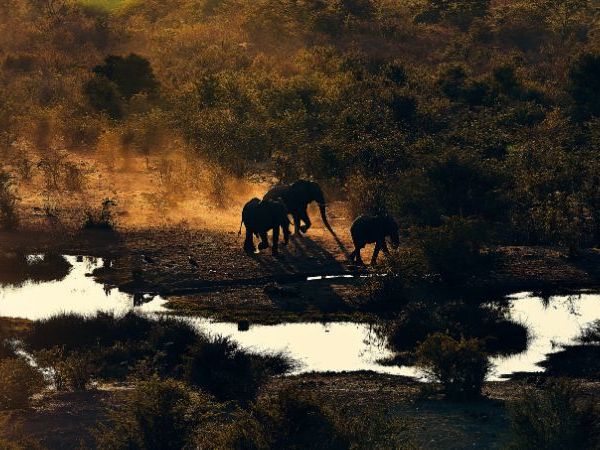
My personal “torment” began after the hunting trip for plain game in Namibia. I returned happy, satisfied, excited, but at the same time prey to a subtle discomfort, with a clear sense of an emptiness to fill. Another place, other people, different colors, scents, sunrises and sunsets, other animals to hunt, above all… a buffalo.
So the search begins. I talk with friends who have already hunted buffalo, I compare their personal experiences, concrete proposals arrive, and then the decision is made.
Destination: hunting in Zimbabwe with Montefeltro – Save Valley Conservancy, in the Whittall family concession (a piece of history), accompanied by Luca Bogarelli.
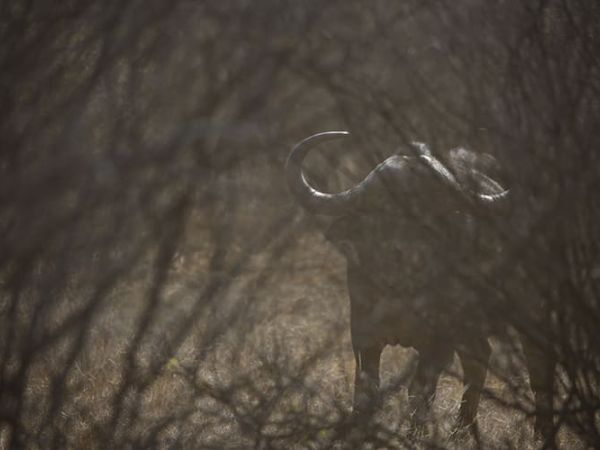
As soon as we board the small plane that will take us from Harare to the camp, the weariness of the journey dissipates, and the anticipation grows.
The morning after our arrival, we test the firearm, and the adventure begins!
We hunt on the trail, because that’s the only way we want to take this buffalo, as Luca had promised me from the beginning.
We see everything and more, because Save Valley has an incredible wildlife heritage, the result of careful and visionary management.
The off-road vehicle slowly navigates the tracks, the eyes of our PH Rob and trackers Elias and Benson are fixed on the ground, searching for fresh tracks. The awaited moment arrives, the jeep stops: there’s a good track to follow.
With the rifle on my shoulder, we’re off, ready for this exciting hunt in Zimbabwe.
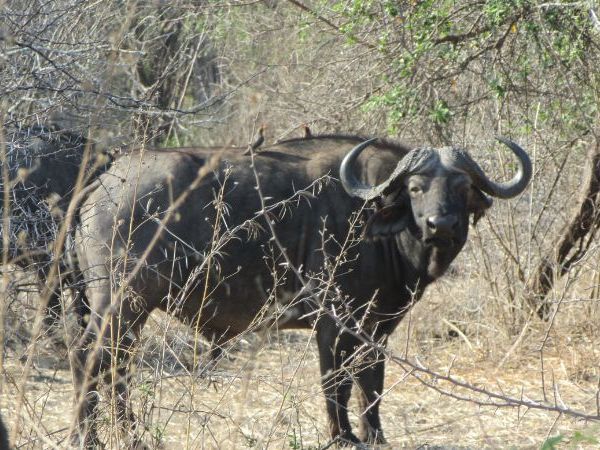
It’s very hot, but it doesn’t bother us. The track winds for hours through dense bush revitalized by the recent rainy season. Buffaloes are hard to spot until you’re nearly upon them. Behind me, Luca occasionally whispers small pearls of experience in my ear.
There’s a big, hefty male. The PH lines me up on the stick but advises to just look, because it’s a beautiful animal but the boss isn’t yet mature.
It happens once, twice, and then again, in the first three days of the hunt, but I don’t feel disappointment or frustration because every approach is a great thrill.
Then we find the tracks of two solitary bulls, they should be two old “dagga boys” as they are called here, and we follow them. There’s the buffalo we’ve been waiting for, about thirty meters away, I’m back on the stick and finally, the long-awaited command from the PH arrives.
Sparo, so di averlo colpito ma i miei occhi si piantano in quelli del PH, cercando una conferma. “Good shot” mi dice, mi sembra tranquillo, dopo qualche istante sentiamo l’inconfondibile muggito.

Two examples of old “Dagga Boys”
We head to the shot point; there’s blood on the ground. We follow it and find the animal not far away. The shot was good, and it’s practically dropped dead on the spot.
It’s an old buffalo with a great boss, a proper harvest.
The buffalo’s horns are called bosses because they are long and massive. The word “boss” comes from Old English “bosa,” which means “horn.” Buffalo horns are made of keratin, the same substance that makes up human nails and hair. They are hollow inside and are attached to the buffalo’s head by a joint.
The tension eases; it’s the end, but also a new beginning because just moments later, a question begins to forcefully enter my mind. “Next time, who knows where, who knows when…?”
The Cape buffalo, or Syncerus caffer, is one of the largest and most dangerous mammals in Africa. It is a social animal that lives in herds of 10-100 individuals. Cape buffaloes are herbivores and feed on a variety of plants, including grass, leaves, and branches.
The Cape buffalo is native to sub-Saharan Africa and inhabits a wide range of habitats, including forests, savannas, and grasslands. It is an important species in the African ecosystem, contributing to seed dispersal, vegetation regulation, and biodiversity conservation.
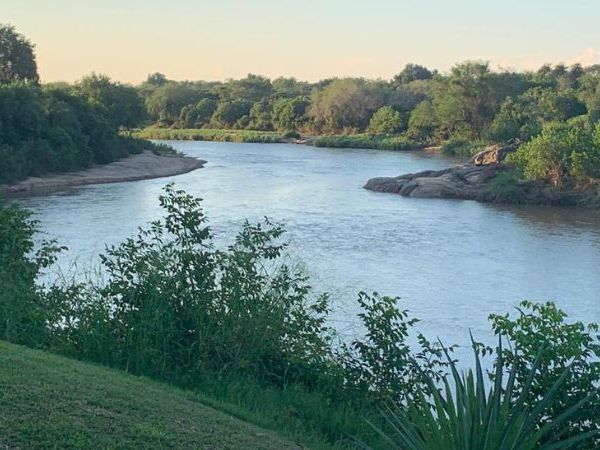
In Zimbabwe, the Cape buffalo is a common species found in all major protected areas of the country, including Zimbabwe National Park, Mana Pools National Park, and Hwange National Park.
Cape buffaloes are dangerous animals and should be treated with caution. They are known to be aggressive and can charge without warning. In Zimbabwe, Cape buffaloes are responsible for a significant number of incidents and fatalities. They are very resilient, and it is rare to kill them with a single clean shot. It is not uncommon for hunters to approach a buffalo they believe to be dead, only to have it “resurrect” and charge at them. Hence, there is a saying among hunters that “the most dangerous buffalo… is the dead buffalo.”
Here are some interesting facts about the Cape buffalo:
– They are the second-largest mammals in Africa, after elephants. Adult males can weigh over 1,000 kilograms.
– They have poor eyesight but very acute hearing and sense of smell.
– They are highly social animals and live in herds led by a dominant female.
– They are herbivores and feed on a variety of plants, including grass, leaves, and branches.
– They are important animals in the African ecosystem, contributing to seed dispersal, vegetation regulation, and biodiversity conservation.
The Cape buffalo is a fascinating and important animal for the African ecosystem. It is crucial to treat these animals with caution and respect their habitat.

